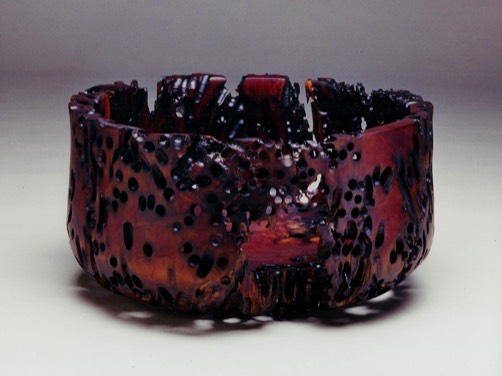
Beautiful Redwood Bowl made by club member Shaun Fleming.
| Woodturning is a fun and exciting hobby for people of all ages and skill levels. The number of things you can create on your lathe with a minimal amount of time and money is limited only to your imagination. When woodturning, there are a number of safety considerations that must be kept in mind so that you can have a great time turning while being safe. We hope you will find this information helpful and that you will review it from time to time. |

